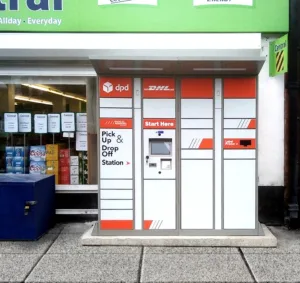By Ben Smart, Digital Strategy Director, Spark Foundry
I went to a school where you had to stand up if a senior teacher entered the room, similar to the military when the lower ranks are commanded to stand to attention as the brass strides through. It’s questionable how much attention you actually get when it is demanded versus earnt.
Attention is valuable to us because it is finite and limited, we can’t pay attention to everything all the time. When we give something attention it has the potential to influence so those with something to offer know they need our attention so we can receive new information.
Attracting attention is not a new concept in advertising but the application of it as a data set is, and one that is starting to gather pace. Since the formation of The Attention Council, a number of brands and agencies have signed up to its membership, which in turn has encouraged a number of tech platforms to put it at the centre of their proposition. Attention as an economy is becoming a reality and bringing with it the promise of a new digital currency.
A potential game-changer but there are a few points to consider if these data sets are going to accelerate our understanding of human attention for the benefit of digital marketing.
Technology is the main barrier to mass adoption
Standardisation (a unified way to convert attention into £’s) and a reluctance to let go of legacy metrics (clicks and CTR are still regularly referred to) are prominent barriers but the trickiest obstacle is the technological one. Danielle Stewart from the Programmatic Advisory conveys this point in a piece on the subject stating that: “Attention data is still external and, in most cases, still outside the walls of the DSP and Ad server”.
Data is most useful when it is actionable and most powerful when it is actionable in an automated way. Industry-wide adoption may be slow until such time as the data sets are fluidly geared into mainstream adtech.
The attention economy has much greater potential than a proxy measure
The avoidance of another health metric (which could do more harm than good) must be made. Whilst not true of all websites, some have become very user-unfriendly. They can’t be blamed, they still have to commercialise the eyeballs, but the tracking and measurement of viewable impressions means having to grind it out of significantly less inventory.
As much as the evolution to viewable was necessary, squeezing publishers on attention metrics that would only stimulate demand inventory producing the highest levels would be a blunt use of a sharp tool. To do so only risks attention becoming a proxy for something greater and only encourages a gaming of the system in the pursuit of ad spend.
Automated attention-seeking is constructive evolution
Work that has been done and is being done to customise algorithms that will consider attention data is the type of application that could drive constructive progress.
Feeding the data into a bidding strategy would drive investment into the best parts of the internet, evolving the nefarious actors out by natural selection and only rewarding content that encourages the eyes and ears to stay put.
It’s a reasonable and logical assumption that placing ads where the probability for attention is highest will have a positive effect on campaign performance, but understanding where the opportunity exists is arguably only half the battle.
What makes creative go from zero to hero?
A lot of the thinking around attention centres on providing advertisers with ways to mitigate the risk of wasted ad spend, but if you don’t have an understanding of what initiates attention, arguably the risk will remain.
Research shows that the incremental effect is greatest when raising attention from “none” to “low”, therefore data that will show what creative nuances trigger attention to move from none to some is as important as that data that can tell you where it is more likely to be.
This is acknowledged by Sorin Patilinet, Global Marketing Insights Director at MARS, who states that attention data is “fully utilised to understand the moments in your creative that are winning consumers’ minds… In a not-so-distant future, we want to be able to access a dashboard that shows in flight, at large scale, how our consumers pay attention to our ads”.
If we are to unlock the attention economy’s full potential the propensity of finding attention has to be married with the factors that trigger it. Attention data sets have big potential to accelerate the way we plan, transact and measure the digital ecosystem as well as our understanding of human attention for the benefit of brands, agencies and publishers alike.










